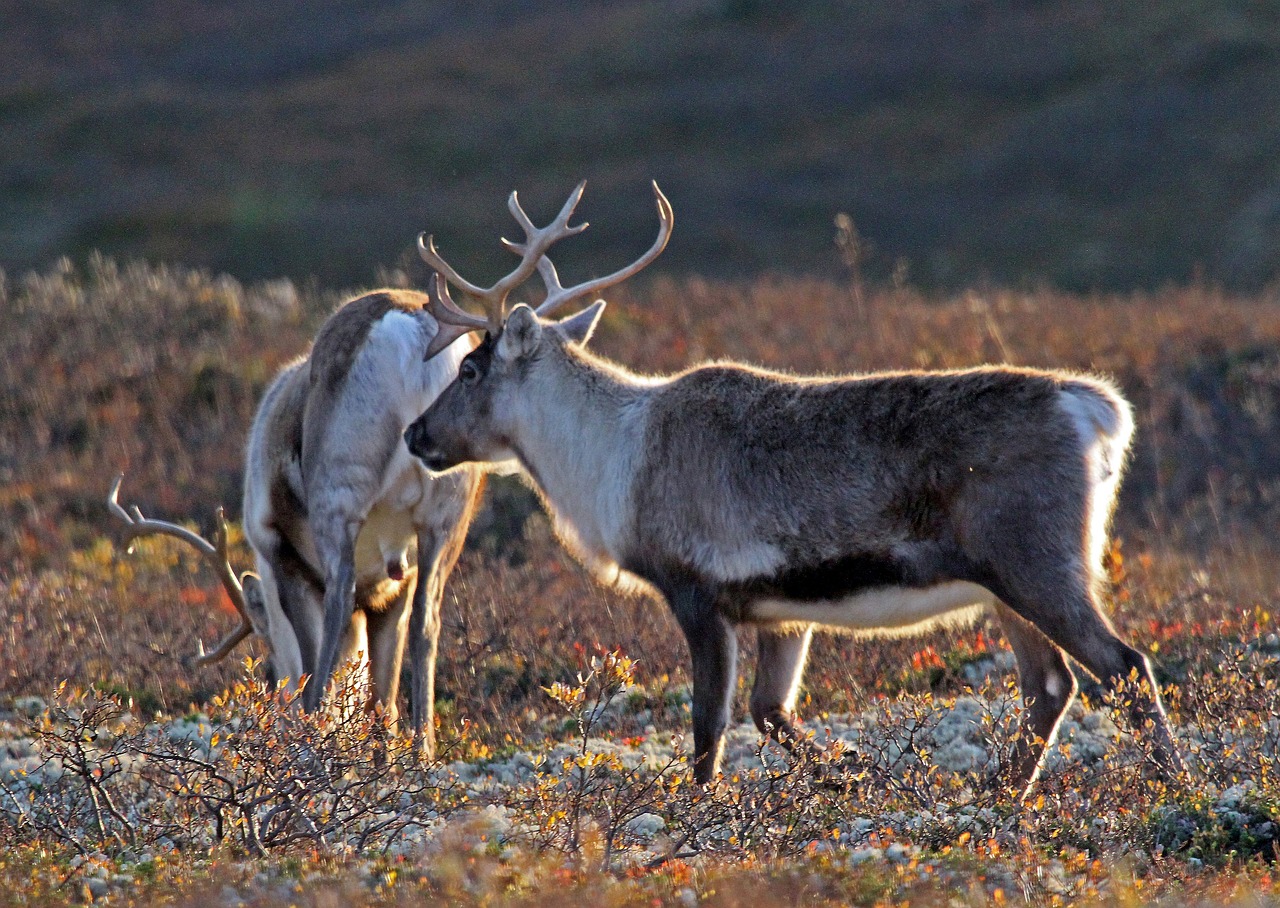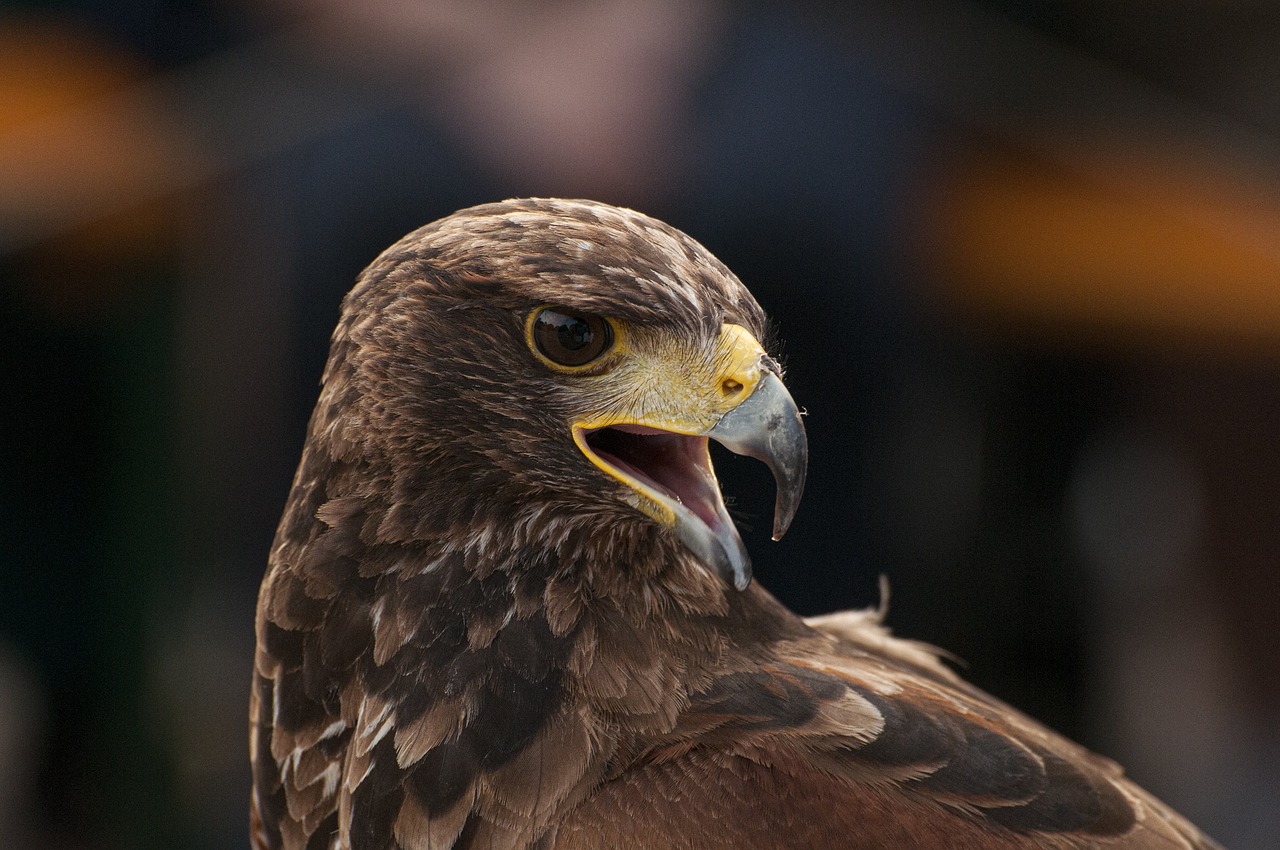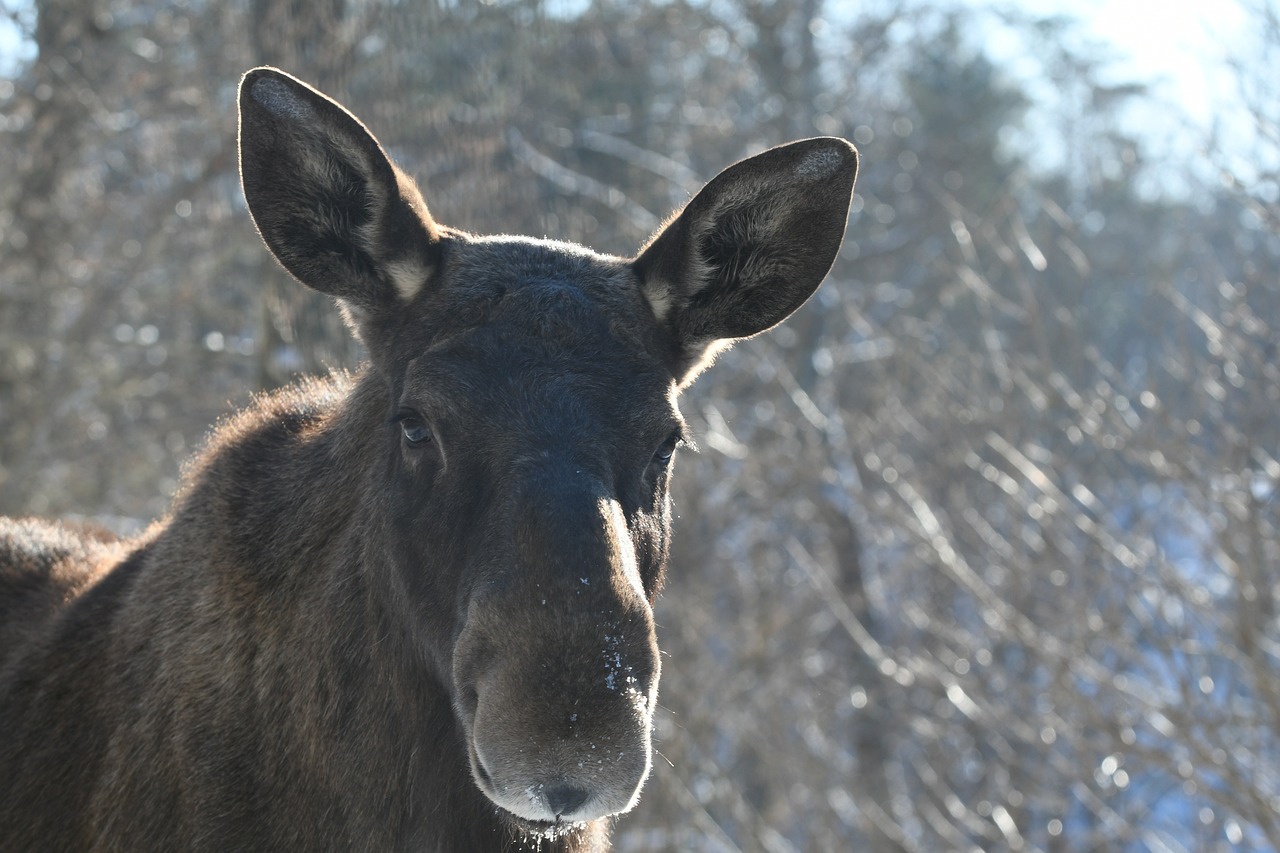Wildlife and Nature Parks in Lapland!
Lapland, the northernmost region of Finland, Sweden, and parts of Norway and Russia, is a vast, untouched wilderness known for its enchanting beauty. This area is a sanctuary for unique wildlife and offers an array of nature parks where visitors can experience the Arctic landscape and its inhabitants.
Whether you’re keen on spotting reindeer in the wild, hoping to catch a glimpse of the elusive lynx, or simply wishing to explore the serene beauty of vast forests and pristine lakes, Lapland’s parks and wildlife reserves promise a memorable adventure.

Oulanka National Park
Situated along the Finnish-Russian border, Oulanka National Park is a paradise for those who love both hiking and wildlife. The park is part of the Karhunkierros Trail, one of Finland’s most famous hiking routes, stretching 80 kilometers through rugged landscapes. During your hike, you’ll encounter stunning waterfalls, roaring rapids, and deep gorges, all set against the backdrop of vast forests.
Oulanka is home to a variety of species such as the golden eagle, Siberian jay, and Eurasian lynx, making it a haven for birdwatchers and wildlife enthusiasts. In the park’s wetland areas, you might even spot the rare Calypso orchid. The park’s biodiversity is bolstered by the Oulanka River, which attracts animals like otters and beavers. For a truly immersive experience, consider staying overnight in one of the park’s wilderness huts.

Lemmenjoki National Park
Covering more than 2,850 square kilometers, Lemmenjoki National Park is Finland’s largest nature reserve and one of the most unspoiled wilderness areas in Europe. It’s a popular destination for those seeking solitude, offering numerous hiking routes, river rafting opportunities, and overnight stays in traditional Lappish huts.
The park is named after the Lemmenjoki River, which flows through its heart, and the surrounding boreal forests are home to some of Lapland’s iconic wildlife. Reindeer herds roam freely in the area, while predators such as wolves, bears, and wolverines make their home in the dense forests. If you’re lucky, you might also spot the Sámi people, the indigenous population of Lapland, who have lived in harmony with nature here for centuries.

Pyhä-Luosto National Park
Located in central Lapland, Pyhä-Luosto National Park is one of the oldest national parks in Finland. Its landscape is defined by ancient fells, some of which are over two billion years old. This park offers a unique mix of geology, wildlife, and Sámi culture.
Hikers can explore the famous Isokuru Canyon, Finland’s deepest gorge, and the area’s vast swathes of arctic pine forests. Pyhä-Luosto is a great destination for winter activities, from skiing to snowshoeing, and summer visitors will enjoy its numerous hiking trails.
Wildlife here includes elk, reindeer, and the Siberian flying squirrel. Birds like the willow grouse and northern hawk owl are commonly sighted. For those interested in Sámi culture, the Amethyst Mine in the park offers a glimpse into the ancient connection between the Sámi people and the land.
Riisitunturi National Park
Famous for its breathtaking winter landscapes, Riisitunturi National Park is a must-visit for nature lovers, especially during the colder months. The park is known for its snow-laden trees, which create surreal and otherworldly views, often described as “arctic sculptures.” The frosty landscape, with its snow-covered spruce trees, draws photographers from all over the world.
Riisitunturi also has extensive peat bogs, which host an array of wildlife, including moose and capercaillie. The park is relatively small, covering 77 square kilometers, but it offers an intimate glimpse into Lapland’s unique arctic nature. It’s a perfect location for snowshoeing, skiing, and witnessing the magic of the northern lights.
Urho Kekkonen National Park
Named after one of Finland’s most beloved presidents, Urho Kekkonen National Park is a vast wilderness area stretching over 2,550 square kilometers. It’s one of the most popular parks in Lapland due to its accessibility and the sheer variety of landscapes it offers—from tundra to forest to mountains.
This park is home to some of Lapland’s most iconic wildlife. You can encounter reindeer, arctic foxes, and even brown bears in this remote wilderness. Birdwatchers will appreciate the presence of the golden eagle and peregrine falcon, while fishermen can enjoy the pristine rivers filled with arctic char and trout. The Saariselkä Fell area in the park is a great starting point for those who want to explore Lapland’s wilderness by hiking or skiing.
Ranua Wildlife Park
For those wanting to see a variety of Arctic animals up close, Ranua Wildlife Park offers a fantastic opportunity. Located south of Rovaniemi, it is the northernmost zoo in the world and houses over 50 species of arctic animals, including polar bears, lynxes, wolverines, and arctic foxes. The park is designed to mimic the animals’ natural habitats, making it an educational and engaging experience for visitors.
Ranua Wildlife Park is particularly known for its polar bear family, with the park being one of the few places in the world where these majestic creatures can be seen. It’s a great family-friendly destination and a chance to see animals that are difficult to spot in the wild.
Pallas-Yllästunturi National Park
The Pallas-Yllästunturi National Park is one of the largest and most visited parks in Finland. Its rolling fells and pristine forests create an ideal environment for outdoor activities such as hiking, skiing, and birdwatching. The park is home to over 100 kilometers of trails, making it one of the best spots for trekking enthusiasts.
The Pallas fells offer stunning panoramic views of Lapland’s wilderness, and the park is renowned for its clean air, which is often cited as the purest in Europe. The variety of habitats in the park supports a wide range of wildlife, including Siberian jays, rock ptarmigans, red foxes, and muskoxen. During the winter months, the park also becomes a hotspot for witnessing the northern lights.
Protecting Lapland’s Pristine Wilderness
Lapland’s nature parks are more than just scenic retreats—they are essential for preserving the region’s fragile ecosystem. These parks play a crucial role in protecting endangered species and maintaining biodiversity. As you explore the wilderness, it’s important to follow Leave No Trace principles to ensure that these pristine environments are preserved for future generations.
Whether you’re hiking through the dense boreal forests, spotting wildlife, or simply enjoying the peaceful solitude of Lapland’s wilderness, the region’s parks provide a unique opportunity to connect with nature in its rawest form. With a landscape that changes dramatically from season to season, Lapland’s nature parks offer something for everyone, from casual visitors to seasoned wilderness explorers.
